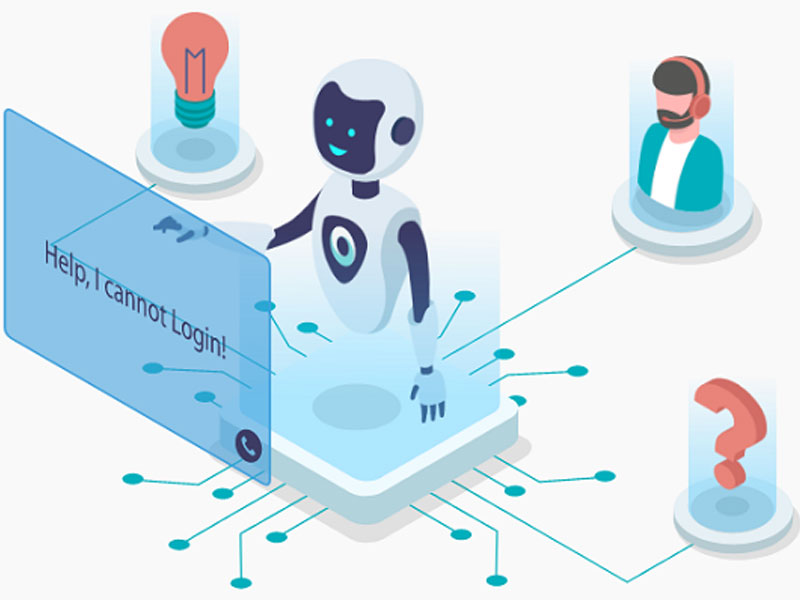White Castle to deploy voice-enabled digital signage in US
SOURCE: HTTPS://WWW.VERDICTFOODSERVICE.COM/
OCT 04, 2023
Nvidia and Kore.ai Partner on Funding and Customer Service Voice AI
SOURCE: VOICEBOT.AI
NOV 22, 2021

Nvidia is adding $3.5 million to conversational AI startup Kore.ai’s $70 million Series C funding round and teaming up to integrate voice AI technology for customer service centers.
Kore is known for creating a virtual assistant platform for building, testing, and deploying voice and text-based customer service agents. The startup claims its tech has handled more than a billion interactions. Kore announced its $70 million funding round led by Vistara Growth and PNC in October, along with $20 million in debt from Sterling National Bank. The extra funding from Nvidia is tied to the arrangement between the two companies to work on enterprise conversational AI products and platforms.
According to Kore, wait times and limited agent access have made AI customer service more popular, but issues with accuracy and utility have reduced customer satisfaction. Nvidia’s technology, including the new Riva synthetic voice generator designed to produce a realistic-sounding human voice from as little as half an hour’s worth of recorded audio speech is part of the package.
Riva’s SDK is designed to help companies produce an AI-powered “brand voice” for their customer relations and other services. Nvidia’s GPUs make the resulting AI more accurate and faster to respond to customers, alleviating some of the issues faced by the industry. Kore augments Nvidia’s automatic speech recognition with its natural language processing tech.
“This relationship will allow us to further optimize the contact center experience for customers and agents thereby improving the speed of business for enterprises, large and small,” Kore CEO Raj Koneru said. “We’ve made significant strides to develop these solutions at scale, with conversational assistants and native AI capabilities built from the ground up. In addition to its investment, Nvidia brings an industry-leading team and advanced AI technology. We will work together to expand best-in-class support to enterprise customers so that they can leverage conversational AI modules to power their customer and internal workforce applications.”
Kore.ai has been helping enterprises across industries increase their speed of business by optimizing customer, employee, search and contact center agent experiences through digital virtual assistants built on its market-leading no-code Experience Optimization (XO) Platform. This comprehensive conversational AI platform gives clients the ability to handle sophisticated multi-turn conversations, including digressions, interruptions and corrections with ease.
Riva is part of Nvidia’s latest expansion of its conversational AI and virtual reality line-up. Nvidia’s AI is extending into everything from virtual assistants in cars that autonomously park themselves to virtual human avatars in Nvidia’s new Omniverse platform. The new partnership also ties into the accelerating adoption of enterprise conversational AI technology and corresponding investment in companies developing the tech. The jump can be partially attributed to the COVID-19 pandemic, but it doesn’t seem to be slowing down.
Microsoft’s nearly $20 billion acquisition of Nuance is easily the biggest number in enterprise AI investment, but the $78.15 million scored by Yellow.ai, Shelf.io’s pickup of $52.5 million, and Gupshup collecting $100 million are nothing to ignore. Nvidia is a quiet, but enormous part of the story, and it is arguably among the most important players in the space. Working with companies like Kore cement that increasingly obvious fact.
“Expanding our relationship with Kore.ai will help us work towards the mutual goal of building domain-specific and real-time voice assistants with impressive voice quality that can be adapted by every company to represent their brand,” Nvidia industry general manager for financial services and technology John Ashley said. “This collaboration will give enterprise organizations the ability to tackle key technology challenges in speech recognition, NLP, and TTS integration.”
LATEST NEWS
Augmented Reality
Hi-tech smart glasses connecting rural and remote aged care residents to clinicians
NOV 20, 2023
WHAT'S TRENDING


Data Science
5 Imaginative Data Science Projects That Can Make Your Portfolio Stand Out
OCT 05, 2022

SOURCE: HTTPS://WWW.VERDICTFOODSERVICE.COM/
OCT 04, 2023
SOURCE: HTTPS://RESEARCH.AIMULTIPLE.COM/
JUL 12, 2023
SOURCE: HTTPS://RESEARCH.AIMULTIPLE.COM/
JUL 11, 2023
SOURCE: TECHCRUNCH.COM
OCT 27, 2022
SOURCE: THEHINDU.COM
OCT 16, 2022